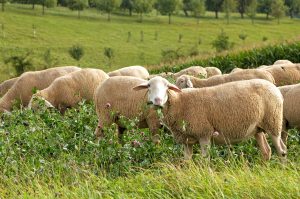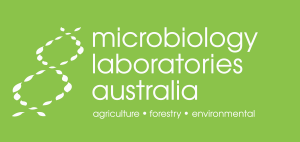
Article
Roles of Cover Crops and Microbes in Crop P Benefits
Summarised by Dr Ash Martin PhD BSc(For)Hons
Cover crops constitute a promising management option for sustainable intensification of agriculture. Cover crops may enhance the soil microbial community by providing a legacy of increased mycorrhizal abundance, microbial biomass P, and phosphatase activity. Cover crops are generally most effective in systems low in available P, and may access ‘unavailable’ P pools. However, their effects on P availability are difficult to detect by standard soil P tests, except for increases after the use of Lupinus sp. Agricultural management (i.e. cover crop species selection, tillage, fertilsation) can improve cover crop effects. In summary, cover cropping has the potential to tighten nutrient cycling in agricultural systems under different conditions, increasing crop P nutrition and yield.
Click here for more information about P Wise
Read the in-depth article:
Hallama et al. (2019).. Hidden miners – the roles of cover crops and soil microorganisms in phosphorus cycling through agroecosystems. Plant and Soil. 434: 7–45. (Requires PDF viewer)


